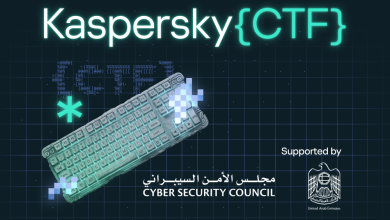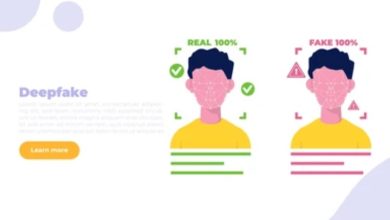The Role of Higher Education in Building a Cyber-Resilient Workforce
From Nice-to-Have to a Critical Need in This Threat-Infested Cyber Landscape

In today’s hyper-connected global economy, cybersecurity is a strategic risk at the highest levels of leadership—not just a technical issue buried within IT departments. As cyber threats grow in frequency, sophistication, and impact, the need for a cyber-resilient workforce is no longer optional; it is a national economic and security imperative.
From a senior management perspective, there is growing demand for cybersecurity professionals who can translate technical cyber risks into financial and operational terms, design business continuity plans and strategic incident response playbooks, and build organisational cultures that value cyber resilience from top to bottom.
From a technical management perspective, the urgent need is for deep technical specialists: ethical hackers, cloud security architects, threat intelligence analysts, and secure software developers—roles requiring technical mastery in highly specialised domains. These are the same roles that will help in building a cyber-resilient workforce.
As such, higher education institutions must step forward, not only to supply technical talent, but to shape the next generation of strategic leaders who possess both strategic management capabilities and technical excellence to build a cyber-resilient workforce.
Designing a Curriculum to Meet Industry Needs
To meet the rising expectations of the industry, universities must adopt an agile and integrated cybersecurity education model by:
- Embedding cybersecurity education across disciplines—not limiting it to computer science, but also introducing it into business, law, engineering, and healthcare curricula.
- Offering dual-track programmes: one for technical specialists, and one for cyber-aware managers, policymakers, and executives.
- Constantly refreshing academic content in line with technological shifts such as Artificial Intelligence, IoT, 5G, and quantum computing threats.
Curriculum development should be co-designed with industry partners, cybersecurity firms, and government agencies to ensure alignment with real-world challenges, regulatory demands, and technological advancements.
The Importance of Hands-On Training in Building a Cyber-Resilient Workforce
While higher education institutions serve as good platforms for theory-based knowledge, it is equally important to prioritise experiential learning environments that simulate real-world threat landscapes. These can include ethical hacking labs, (where students explore system vulnerabilities within controlled, ethical frameworks), Red Team/Blue Team exercises (simulating offensive and defensive cybersecurity scenarios to build critical thinking and adversarial resilience), and cyber range platforms (replicating enterprise digital ecosystems under attack, to train students in incident response, forensics, and cyber crisis management).
Additionally, leading universities are now leveraging Innovation Accelerators or Cybersecurity Innovation Hubs to drive applied research, commercialisation, and real-world impact in cybersecurity. Such platforms serve multiple purposes such as:
- Nurturing cybersecurity-focused start-ups and spin-offs, led by students, researchers, and faculty entrepreneurs.
- Funding applied cybersecurity research projects addressing industry pain points like ransomware defense, cloud security hardening, and AI-based threat detection.
- Creating a bridge between academia and industry, piloting cybersecurity innovations in operational environments.
- Hosting hackathons, innovation challenges, and incubation programs to accelerate student-led cybersecurity solutions from idea to impact.
Through these accelerators, universities move beyond teaching cybersecurity—they become ecosystem builders for cybersecurity innovation and the building of a cyber-resilient workforce.
The Role of Certifications, Internships, and Mentorship Programmes
In today’s cybersecurity job market, academic qualifications must be ideally complemented by industry-recognised certifications such as CISSP, CEH, CompTIA Security+, and cloud-specific credentials. Forward-thinking universities integrate certification preparation into their curricula, allowing students to graduate not only with a degree but also with certifications that signal immediate employability.
In addition, structured internship programmes place students within cybersecurity roles across industries—from banking to healthcare to critical infrastructure. While mentorship initiatives pair students with cybersecurity experts, CISOs, and security entrepreneurs, providing career guidance, professional insights, and leadership development that will help in building a cyber-resilient workforce.
By offering certifications, internships, and mentorship opportunities, universities provide students with a full-stack cybersecurity education experience—blending knowledge, experience, and professional networks.
In conclusion, higher education institutions have a unique and critical role in shaping the future of cybersecurity and in building a cyber-resilient workforce.
By designing interdisciplinary, industry-aligned curricula; investing in experiential learning environments and innovation accelerators; and forging strong government and industry partnerships, universities can develop cyber-resilient leaders and innovators who will safeguard our digital future.
In cybersecurity education, the stakes are high—and the time to act is now.




